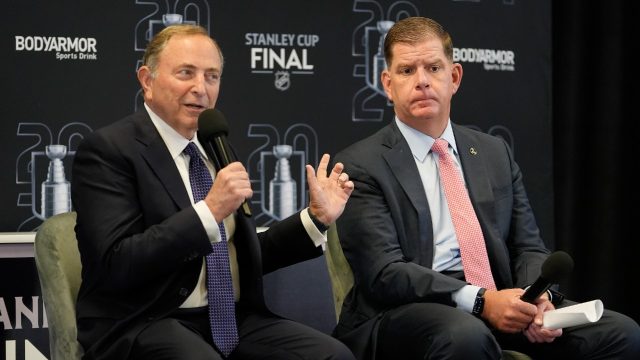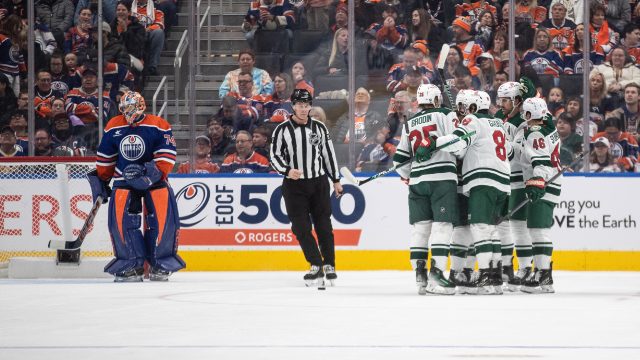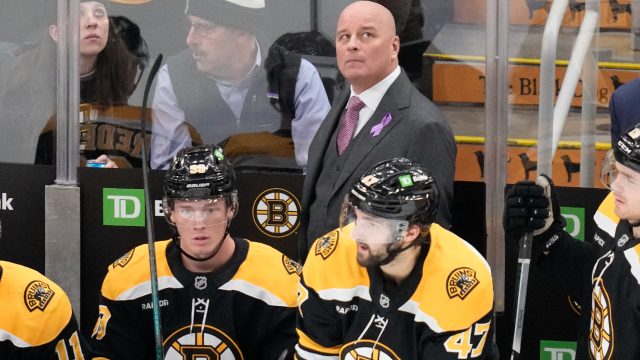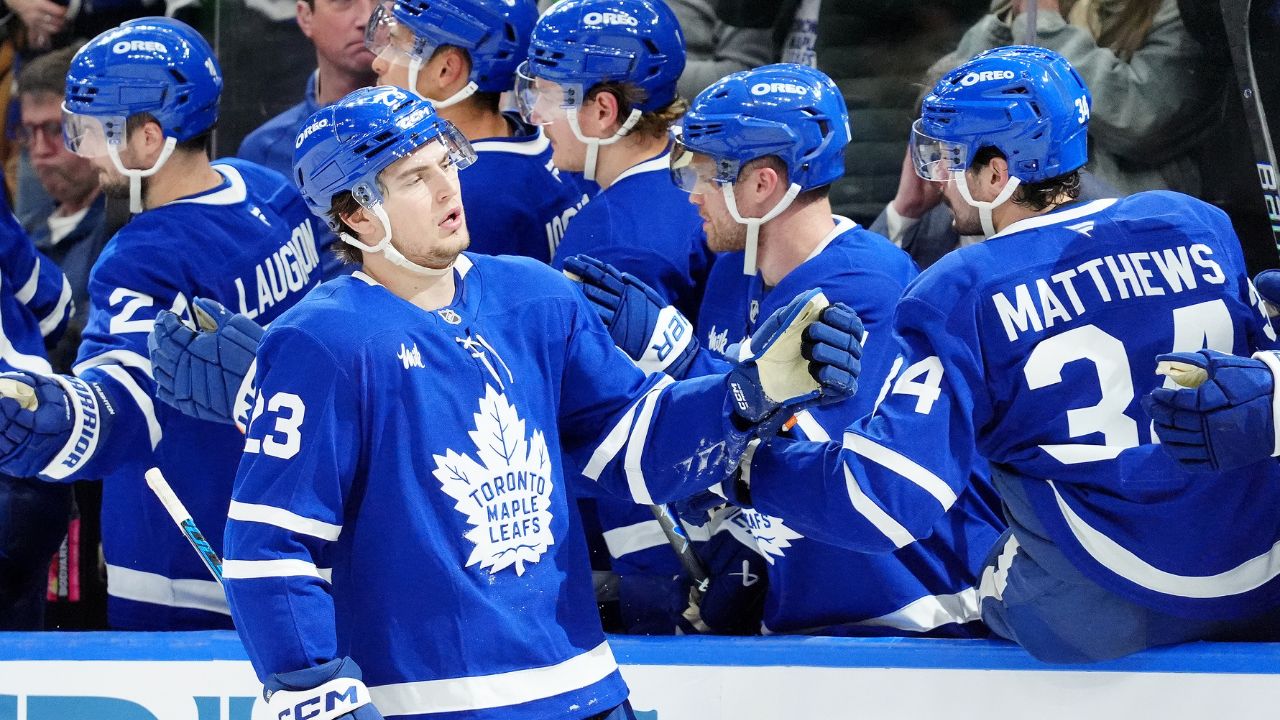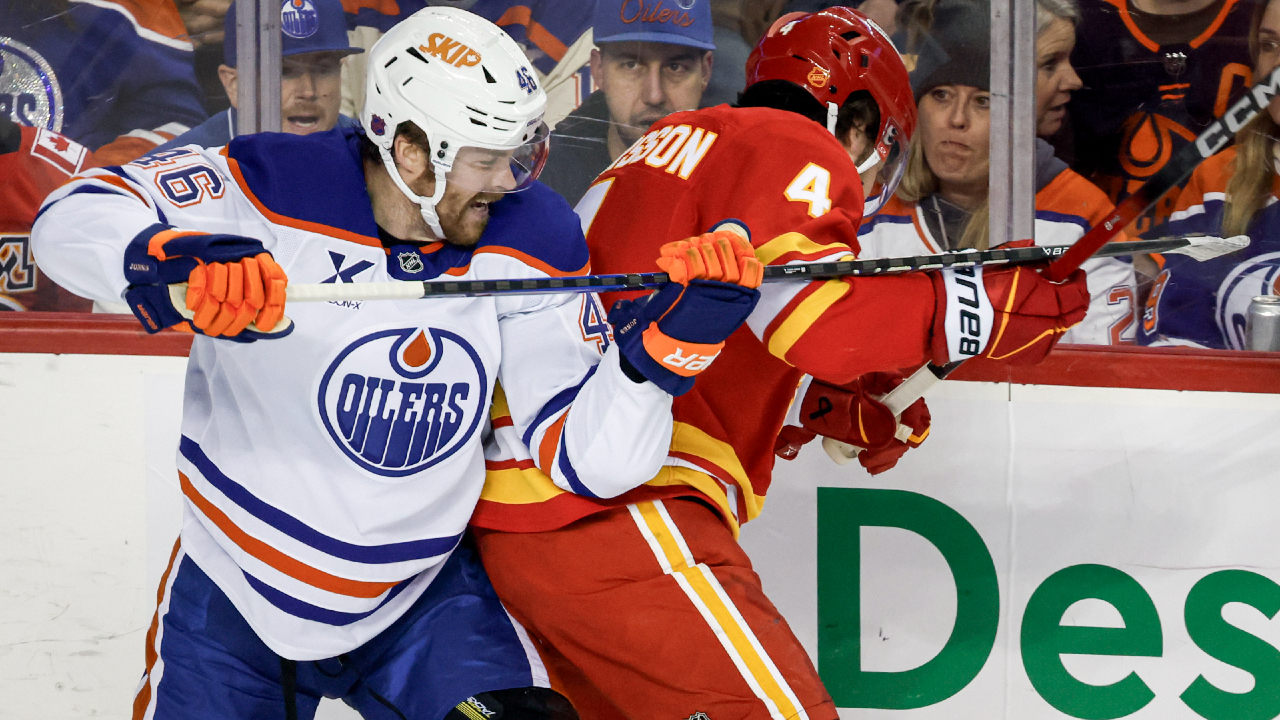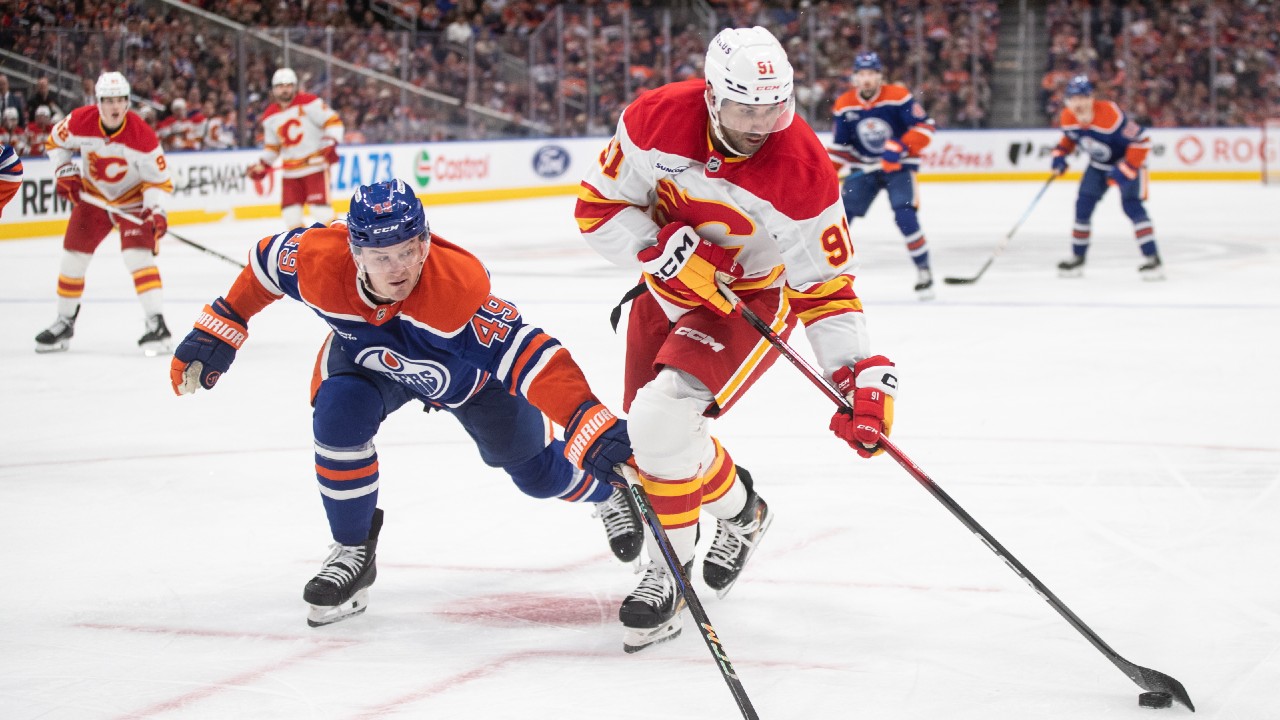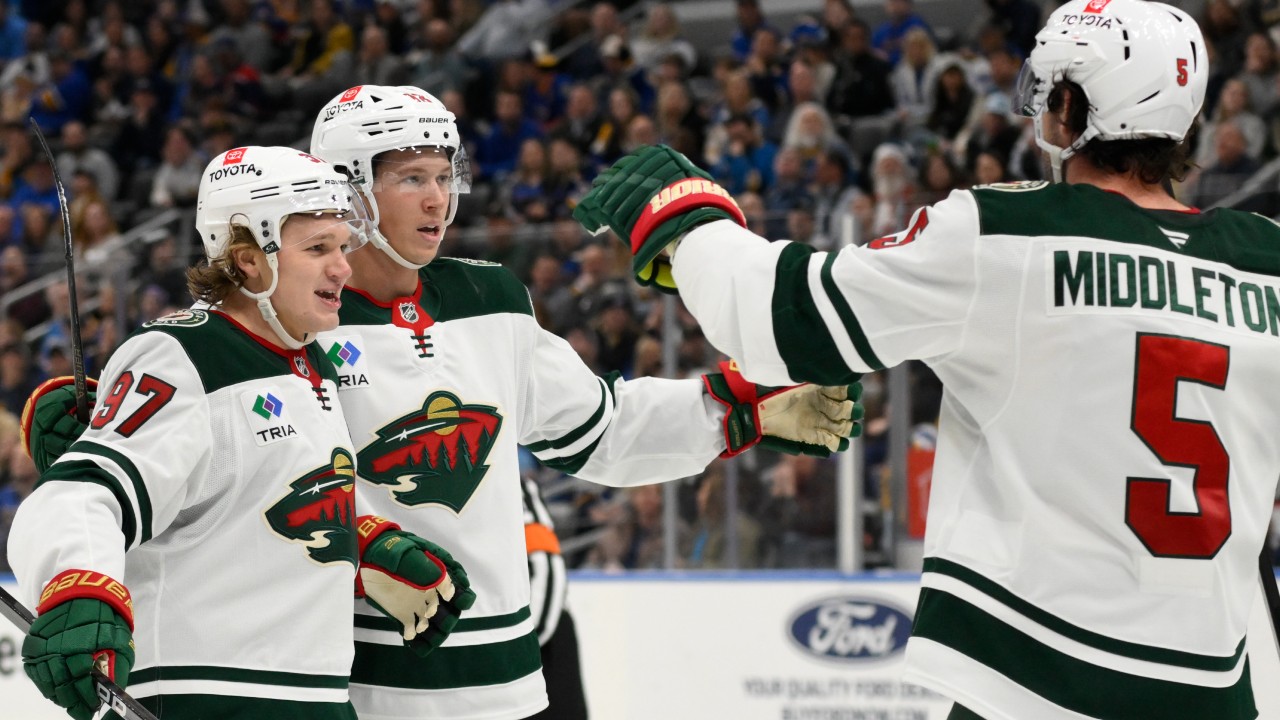
When the Toronto Maple Leafs first found themselves about to owe a young core group their first big contract extensions, they were pushing the limits of an $81.5-million salary cap.
John Tavares had been signed as a UFA in 2018 for $11 million and, in December of that same year, William Nylander re-upped for a contract that was worth $6.962 million in AAV over most of the term. Auston Matthews came next in February 2019, signing for an $11.634-million hit, and Mitch Marner was the final piece, re-upping for a $10.903-million hit in September 2019.
At that time, the upper limit had climbed by $6.5 million in two seasons, from 2017-18 to 2019-20. So, while the Leafs were initially pinched when their new contracts had all kicked in, the thinking was they’d have more room to build around the group as the cap kept rising. It just made sense and seemed predictable.
Instead, the world was hit with a once-in-a-lifetime (knock on wood) pandemic, pro sports shut down, and the NHL’s cap tied to revenues flattened out. In the next five seasons, it rose by just $2 million.
-
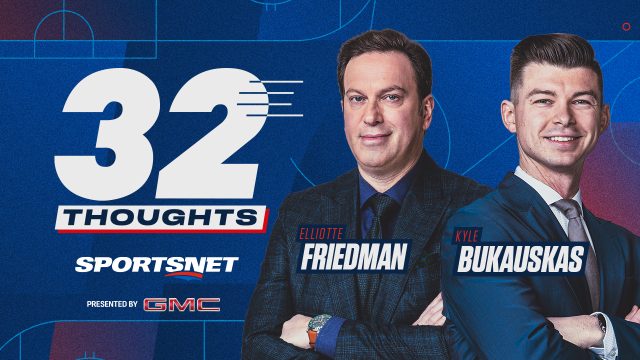
-
32 Thoughts: The Podcast
Hockey fans already know the name, but this is not the blog. From Sportsnet, 32 Thoughts: The Podcast with NHL Insider Elliotte Friedman & Kyle Bukauskas is a weekly deep dive into the biggest news and interviews from the hockey world.
That planning didn’t pan out for the Maple Leafs’ roster build, but the timing might just work out perfectly for the Minnesota Wild.
With the cap at $88 million this season, the Wild already have a few of their key young players locked in. Matt Boldy is in through 2030 at a $7-million hit and Brock Faber, a Calder Trophy finalist last season, begins an $8.5-million AAV contract next season that will take him through 2033.
Some other valued veterans are locked in around them. Jonas Brodin and Jake Middleton — half of the rest of their top four blueliners — are signed for $6 million and $4.35 million through 2028 and 2029, respectively. Joel Eriksson Ek has a $5.25-million cap hit that runs through 2029.
Add in Kirill Kaprizov‘s $9-million cap hit (which expires after next season), and if the upper limit in 2025-26 rises to its initially projected $92.5 million, the Wild will be spending 43.5 per cent of their cap on these six key players. And, as Elliotte Friedman explained on Monday’s 32 Thoughts podcast, there’s reason to believe next year’s cap could climb higher than that. For comparison’s sake, the Maple Leafs were initially spending 50 per cent on their Core Four.
And while, yes, Kaprizov’s incoming extension is a vital and expensive one for the team to ensure it resolves, the timing may wind up being relatively perfect for the Wild to absorb as we exit the flat cap era and enter a new CBA.
“Everyone’s assuming in the next CBA we’re going back to 50-50 (split in revenues between owners and players),” Friedman said. “If that’s the case, and again it depends on who you talk to, there are some estimates … that think in two years, a 50-50 cap will be close to $110 million.”
Kaprizov will be up for renewal at the same time as a number of other stars, including Artemi Panarin and Connor McDavid, who might set the new high bar for the league. Say Kaprizov pushes for 15 per cent of an optimistic $110-million cap — that would be an AAV of $16.5 million. In that scenario, the Wild would still have these six players locked in for 51.4 per cent of the cap.
And, over the life of Kaprizov’s next deal, the cap would be expected to climb further.
At about this same time, the Wild will be coming out from under the self-inflicted cap penalties GM Bill Guerin gave them when he bought out Zach Parise and Ryan Suter. This season, these buyouts are costing the team an outrageous $14.7 million in cap room. That falls to just $1.66 million next season, and goes away entirely in 2028-29.
So, getting the core cemented before this cap jump could work out splendidly for Guerin and the Wild, who too often in their history have been caught in the directionless middle of the NHL.
But it’s one thing to be well-positioned contract-wise, and another to have it committed to the right mix of players.
In that sense, the Wild this season are showing their cap outlook has the potential to allow for a future boom. Even while enduring those penalties, Minnesota has been one of the best stories of the NHL’s first quarter. For as much attention as the Winnipeg Jets have gotten, it’s worth noting the Wild are tied with them for the fewest regulation losses through 19 games (three) and they are the second-best team in the NHL after Thursday night’s 5-3 win over Edmonton.
The Wild are seventh in goals per game, second in goals-against per game, and allow the fewest high danger chances against at five-on-five in the league. Perhaps there is some course-correcting coming, considering both of their special teams units are middling, their PDO (shooting plus save percentage) is second-highest in the league and their expected goals percentage (14th overall) is far lower than where they sit in actual goals for percentage (first). But the defence has been sound, the core pieces are in place, and optimism to build around them in the future should abound.
Kaprizov’s choice ultimately will greatly influence how the Wild develop from here, but team ownership has made it clear they will go as hard as it takes to sign him to an extension. As long as he stays, even at an exorbitant cost, this is a team that could be better positioned than most to surround its burgeoning core with impactful players, or precise skill sets, to take them to another level some time early in the next CBA.


